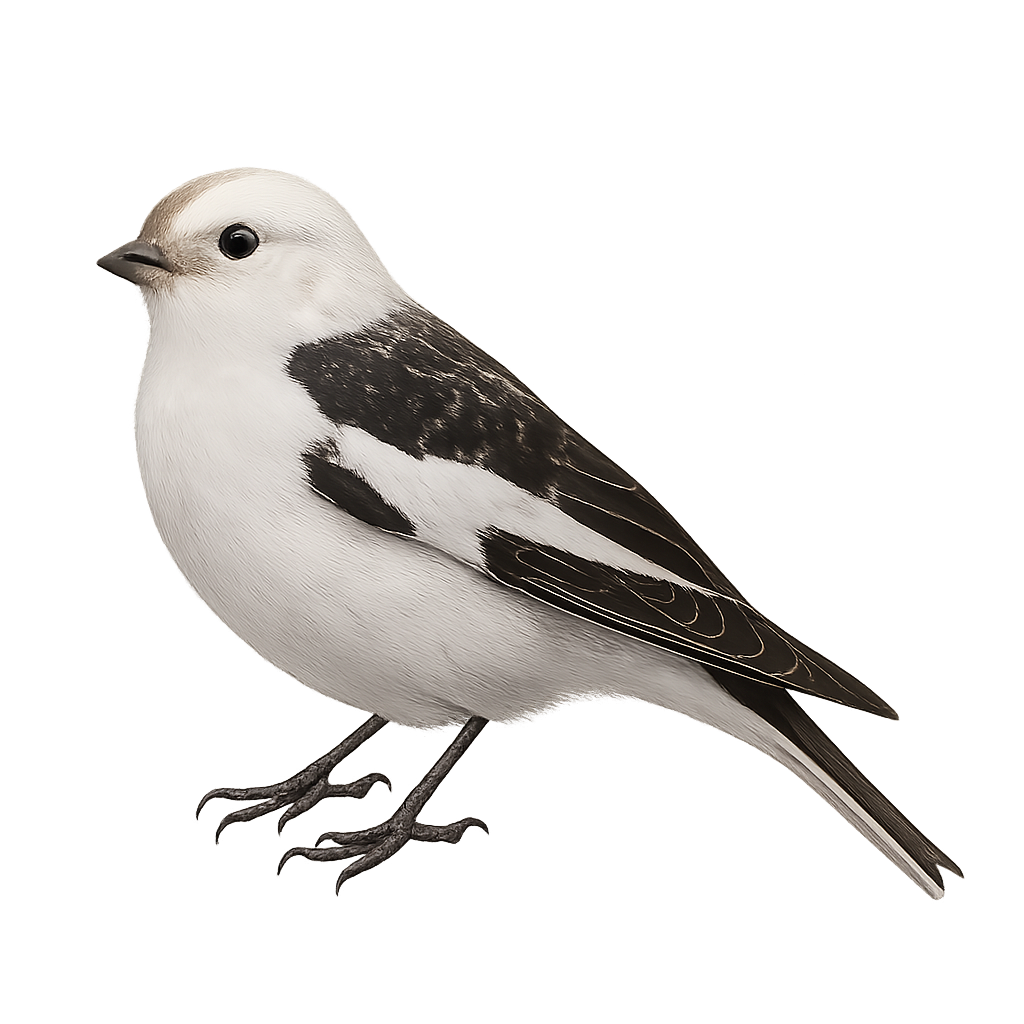Your wildlife photography guide.
Explore the snow bunting in detail, study its behavior, prepare your shots.
Where to observe and photograph the snow bunting in the wild
Learn where and when to spot the snow bunting in the wild, how to identify the species based on distinctive features, and what natural environments it inhabits. The WildlifePhotographer app offers tailored photography tips that reflect the snow bunting’s behavior, helping you capture better wildlife images. Explore the full species profile for key information including description, habitat, active periods, and approach techniques.
Snow Bunting
Scientific name: Plectrophenax nivalis

IUCN Status: Least Concern
Family: CALCARIIDAE
Group: Birds
Sensitivity to human approach: Tolerant
Minimum approach distance: 10 m
Courtship display: May to July
Incubation: 12-14 jours
Hatchings: June to July
Habitat:
Tundra, alpine meadows, coastal areas
Activity period :
Primarily active during the day, with peak activity in the morning and late afternoon.
Identification and description:
The Snow Bunting, or Plectrophenax nivalis, is a bird from the Calcariidae family. It is easily recognizable by its white and black plumage, which allows it to blend into snowy landscapes of the Arctic and mountainous regions. In summer, it has darker plumage on its back and wings, while its belly remains white. This migratory bird breeds in Arctic and subarctic regions and migrates south in winter, sometimes reaching the northern coasts of Europe and North America. It primarily feeds on seeds and insects, which it finds by foraging on the ground. The Snow Bunting is a sociable bird, often seen in flocks, especially outside the breeding season.
Recommended lens:
400 mm – adjust based on distance, desired framing (portrait or habitat), and approach conditions.
Photography tips:
To photograph the Snow Bunting, focus on open areas where it often feeds on the ground. Use a telephoto lens of at least 400mm to capture details without disturbing the bird. The best times to observe it are early morning or late afternoon when the light is soft. Be patient and discreet, as although tolerant, it may fly away if you get too close. Opt for a natural background to highlight its contrasting plumage.
The WildlifePhotographer App is coming soon!
Be the first to explore the best nature spots, track rutting seasons, log your observations, and observe more wildlife.
Already 1 432 wildlife lovers subscribed worldwide

